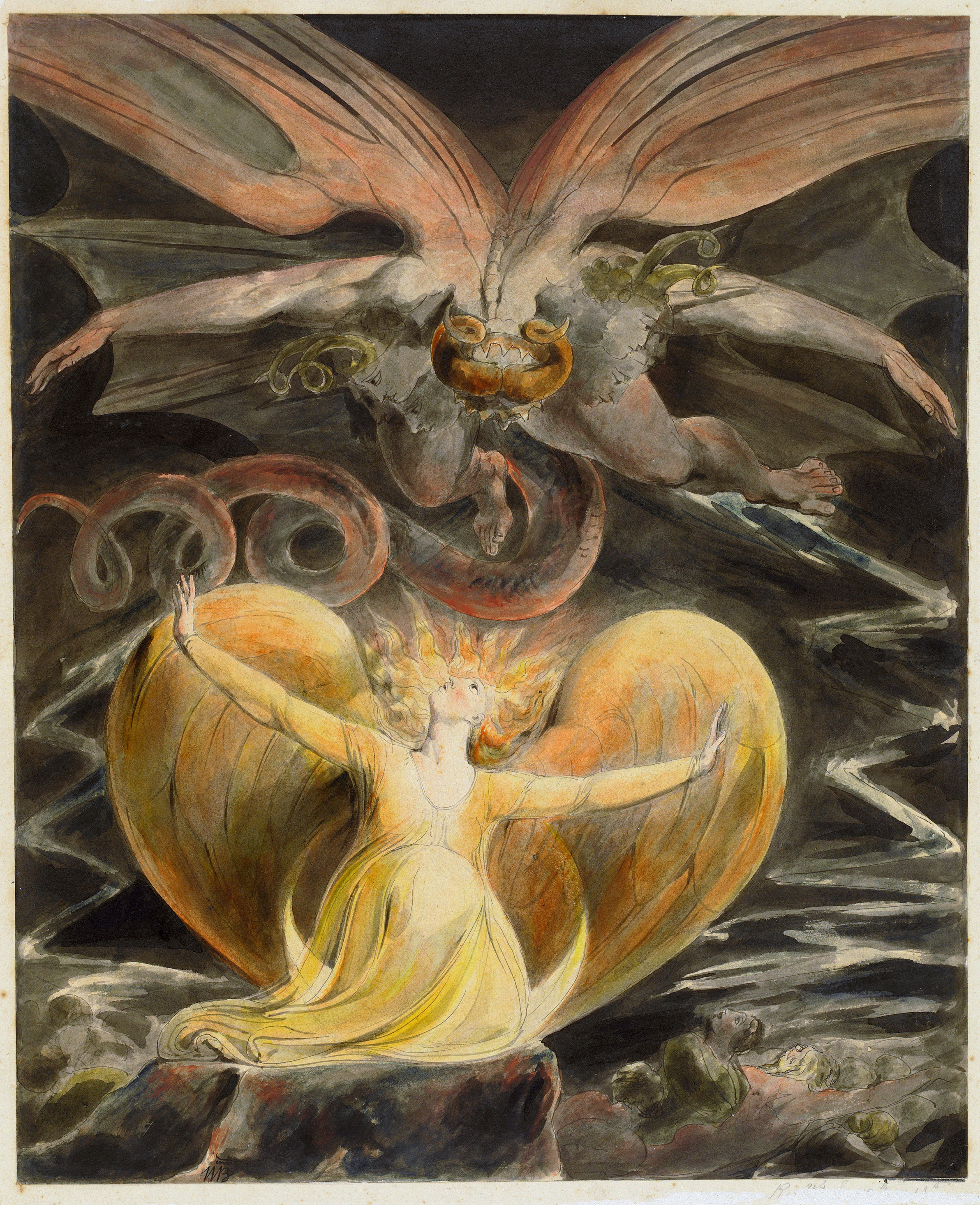 You Fit Into Me
You Fit Into MeMargaret Atwood
You fit into me
like a hook into an eye
a fish hook
an open eye
A fish hook into an open eye. Now, simply typing that down makes my knees buckle.
Why is it that this narrator is telling an individual that their fit resembles that of a fish hook into an open eye?
Perhaps it's the duality of love working through this poem.
When I think about one's significant other, I imagine that he or she fits the other person fairly well, as puzzle pieces fit together to create one whole. From the beginning of Atwood's poem, I understand that she tries to convey this idea of a perfect fit. The narrator states that the partner fits into him or her, stating that this resembles a hook and an eye.
For garments, this idea of hooks and eyes acting as a fit makes sense. One method of fastening clothing together, after all, is known as a hook-and-eye closure. Commonly used in brassieres, the hook-and-eye closure has been utilized since 14th century England. Typically, the hook is a flattened wire bent to fit inside an eye, or an opening onto which the hook can latch itself.
Initially, the two described in the poem seem to be very compatible with each other, having a fit resembling the hook-and-eye closure. However, clarification is given in the last two lines of the poem, the hook being a fish hook and the eye being an open eye. As it turns out, the fitting isn't all that fantastic.
Fish hooks are used to, obviously, hook fish. Resembling a 'J', a fish hook has a jagged point at its end in order to guarantee a catch. It's designed to pierce the lip of a fish, and its curve prevents the fish from throwing the hook. Part of a fish hook is known as the eye, which is the small hole at the end of it that is tied onto a fishing line. From connotation, a fish hook can represent capture. Fish hooks are difficult for fish to shake free from, so it can also symbolize stubbornness.
As my optometrist once told me, it takes a lot of pressure to pierce through your eye. Because I get weak just from typing that down, I don't feel comfortable researching the exact amount needed to penetrate the eyeball. However, as the fish hook from Atwood's poem so easily fits into the eye, I would assume that the pressure is great. What makes it all the more sickening is that the eye is open while this is happening. The individual is observing as the fish hook enters his or her eye, which shows that the narrator is not blind to what's going on. He or she knows that the pain will be great and difficult to remove but allows for it to happen all the same.
This, I believe, expresses the duality of love. Although the two in the poem are the perfect fit for each other, it comes with pain as would come from a fish hook in an open eye. As innocent as love may initially seem, it can also be a painful process.

